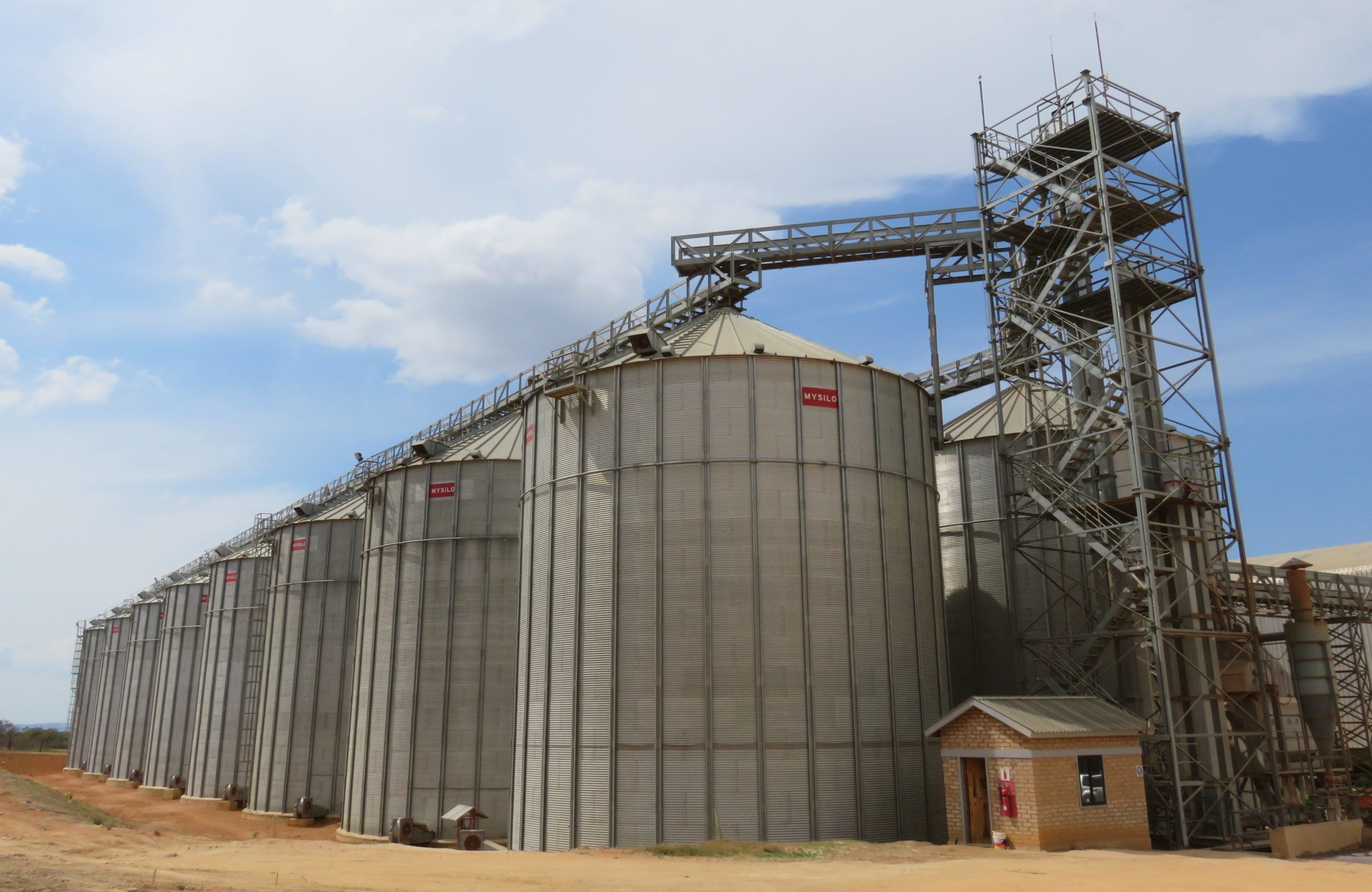“A lot of what’s needed in African agriculture is quite low-tech if tech at all,” says Gary Vaughan-Smith, chief investment officer at SilverStreet Capital, the agribusiness private equity firm.
SilverStreet has been investing in African agriculture since 2011 when it held the first close of its first $320 million fund. The firm finished investing out of that fund in 2015 and is now raising its second with $60 million closed so far of a $300 million target.
SilverStreet invests across the agricultural value chain in inputs companies, crop production, protein production, processing, and food manufacturing, and many of its investments use a lot of technology, said Vaughan-Smith, referencing irrigation tech and satellite imagery as examples. Zambia’s agriculture industry is particularly successful, where large-scale farmers use many of the same techniques and technologies as US farmers.
But, for much of the African continent, agriculture industries are made up of small-scale farmers with just a few hectares under management. This fragmentation has meant growth in crop yields far lags other parts of the developed and developing worlds and means many of these new high tech tools are irrelevant; far simpler technologies and tools are needed to improve performance, says Vaughan-Smith.

“What these farmers need instead of high-tech tools, are quality inputs, technical back-up and training on farming techniques, and access to markets where they will get a decent price for a range of different crops,” says Vaughan-Smith.
The ability to use higher quality seed and fertilizer is a key area of potential improvement and alone can to improve yields by two to three times, according to Vaughan-Smith.
“Often they’re not using the right seed — normally they use seed saved from the previous year’s crop instead of buying new seed — which restricts the ability to add value from new techniques if they have the wrong seed.”
Techniques that can bring yields even higher include educating on the benefits of mulch, not plowing the land, crop rotation and other conservation farming techniques to maintain soil health and fertility. The right inputs, technique, and rotation can take a plot yielding 1.5 tonnes/ha of corn to yield 8 or 9 tonnes over time, he adds, with 4-5 tonnes/ha a reasonable immediate target, according to Vaughan-Smith.
“The benefits of rotation and consistent use of fertilizer in the same planting spots with precision farming allows the yields to rise further in years two to four tonnes meaning 8-9 tonnes per hectare is achievable over time,” he says. “Rotation adds to yield and there is always some residual benefit from previous year’s fertilizer and lime if one plants in exactly the same place.”
But the problem with rotation is the lack of access to a market for legume crops such as soy. There is inadequate infrastructure and processing capacity for these and other crops in many African countries. Lack of adequate storage leads to 30% of small-scale crop losses and also forces farmers to sell their crops at harvest time at lower prices, instead of being able to wait until prices rise again.
The need for these relatively simple solutions makes African agriculture a “perfect developmental target” and an area of increasing interest to impact investors, according to Vaughan-Smith.
“To fix the basic problems, we need a step function approach and it doesn’t require hi-tech planters and tractors,” he said.
SilverStreet has attempted to solve many of these issues with its investments such as a poultry production and soy processing business in Tanzania focused on small-scale farmers. Firstly, the company provides farmers with day-old chicks and feed to produce quality chicken.
That feed comes from the business’s soy processing plant, the first in the country, and feed mill, which provides farmers access to storage for their crop as well as a market to sell it into — SilverStreet has purchased around 10,000 tonnes of soy from around 9,000 farmers up from zero four years ago. The company has also offered training in conservation farming methods including composting, minimum tillage, and precision placement of inputs, as well as training on poultry production. SilverStreet says this has increased the average income of small-scale farmers from $600 a year to $1,600 a year each.
Photo: SilverStreet Capital




